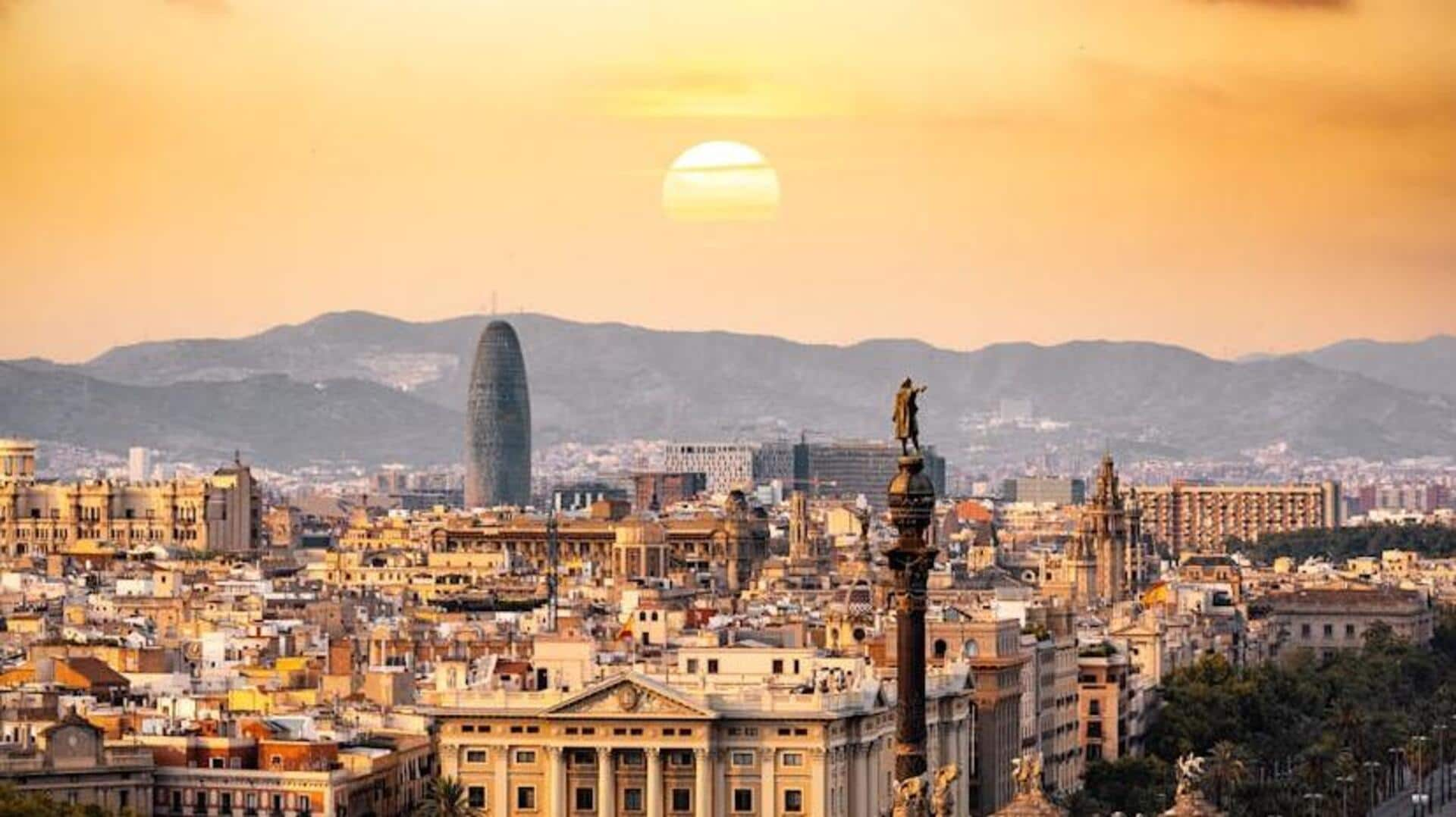
Tourist traps in Spain: What to skip
What's the story
Spain, with its rich history and vibrant culture, draws millions of tourists every year.
However, not all attractions live up to the hype. Some are just perpetually crowded and overpriced, offering little value for time and money.
Here are some overrated tourist traps you'd want to skip during your visit to Spain.
Skipping these spots can help you focus on authentic experiences that capture the essence of Spanish culture.
Crowded streets
Avoid Las Ramblas in Barcelona
Las Ramblas is a famous street in Barcelona that attracts travelers from across the globe.
But the street is usually overcrowded with tourists and street hawkers selling overpriced souvenirs.
The place has also turned into a pickpockets' paradise due to the dense crowds.
Instead of hanging around here, travelers could check out nearby neighborhoods such as El Raval or Gracia for a more authentic experience.
Overpriced dining
Skip Plaza Mayor in Madrid
Plaza Mayor is one of the most famous squares of Madrid but has turned into a tourist trap over the years.
The restaurants lining the square charge exorbitant rates for mediocre food designed for tourists, not locals.
Visitors may find better dining options by venturing into nearby areas like La Latina or Malasana where local cuisine is both authentic and reasonably priced.
Expensive entry fees
Bypass Park Guell's paid area
Barcelona's Park Guell is famous for its vibrant mosaics by Antoni Gaudi.
Although it presents breathtaking views and exquisite architecture, entry fees have skyrocketed over the years. Not a practical option for backpackers, really.
Checking out other free portions of the park or heading to other Gaudi masterpieces like Casa Vicens can offer something similar. They don't burn a hole in your pocket either.
Tourist-centric performances
Steer clear of Flamenco shows on La Rambla
Flamenco shows on La Rambla are aggressively marketed to tourists but are usually not as authentic as performances you would find in other places in Spain like Seville or Granada where flamenco has stronger cultural roots.
Going to smaller venues off-the-beaten-path will probably give you more authentic performances at cheaper prices while supporting local artists who keep this traditional art alive.